Déjà vu: Too Late to Learn from China
In researching for my book Who’s Afraid of the Big Bad Dragon: Why China Has the World’s Best and Worst Education, I realized that PISA should have been invented about 300 years ago. Its advice and influence would have been perfect 300 years ago but are misleading today. Here is why:
Had it existed 300 years ago, PISA could have spared the world numerous disasters. It could have helped to convince the world to learn from China and Chinese education, like the Jesuit missionaries did in the 17th Century. If the world indeed had emulated the Chinese model then, we might have avoided such massive cruel battles against each other as in the two World Wars for the lack of modern technology. We certainly would not have caused so much damage to the environment if we had a society like the tranquil, peaceful, yet glorious China 300 years ago. Of course, we may not have the iPhone or the computers for OECD to process the PISA data either.
In the 17th century, Jesuit missionaries made China the model for Europe to emulate. The Jesuits’ glowing descriptions of China’s great material wealth, its magnificent buildings and splendid art works, its large population, its high level of technological development, and the continuity and stability of its government and social structures convinced many European thinkers that China had surpassed Europe. “Even if we are equal to them in the productive arts, and … in the theoretical sciences,” wrote German philosopher and mathematician Leibniz about China about the late 1600s, “it is certainly true (I am almost ashamed to admit) that they surpass in practical philosophy, by which I mean the rules of ethics and politics which have been devised for the conduct and benefit of human life” [1, p. 55]. The Chinese system of morality was believed to be “on a par with the Christian revelation as a supreme product of the moral aspirations of Man” [1]. German philosopher Christian Wolff asserted: “in the Art of Governing, this Nation [China] has even surpassed all others without exception” [1, p. 55]. The French Enlightenment writer François-Marie Arouet, better known as Voltaire, was equally in love with China. He suggested that China be a model for European nations because it had the ideal political system: “the combination of a monarch with almost unlimited powers and an official class chosen on a rational, that is on an intellectual, basis, and noteworthy for its freedom from political corruption as well as from religious bias” [2, pp. 1055-1056].
The official class was the core ingredient of China’s government admired by Voltaire and his fellow Sinophiles because “the scholars were officials and the officials were scholars” [3, p. 37]. These wondrous scholar-officials were the product of keju, or the imperial exam system. Invented some 1,300 years ago, the system was used to select government officials through rigorous exams. Because of its perceived greatness, keju has been viewed as the fifth greatest inventions of China, after gunpowder, the compass, paper, and the moveable type.
While the keju was not an education system, it gave birth to and shaped every aspect of Chinese education for over a thousand years. Since passing the exams was practically the only way for upward social mobility, studying for the exams became the primary, almost exclusive, component of education. Since it was open to all, everyone (except for women) had a shot at it as long as they worked hard. The result is the three cultural legacies used to explain China’s peerless PISA achievement: a high stakes exam, high valued attached to education (rather exam preparation), and hard work [4].
Alas, the Jesuit missionaries and European Sinophiles were not as convincing as today’s PISA. The Europeans did not emulate China. Instead of a wise and benevolent emperor, they wanted something called democracy. Instead of memorizing the great ideas Confucius had 1,500 years prior, they began to invent their own ideas. The rest, as they say, is a messy, disruptive, and destructive history.
Had the English learned from China 300 years ago as they so eagerly do today, they probably couldn’t have sent the iron boats and cannons that started the end of the great empire in the Opium War. Had the Americans followed the Confucian teachings, they might not have been able to join the efforts to end the Chinese empire. A bigger bonus, they would not have to put up with the inefficient, constantly bickering Congress. Well, there would perhaps not be the United States of America anyway. Had the Germans, the French, the Dutch, the Belgians, the Spaniards, the Portuguese, and everyone else all learned from China 300 years ago, as they are advised by PISA today, the greatest empire would still be standing, like it had been for thousands of years.
But they did not. Their new ideas and their resulting products turned the world upside down and destroyed the old China.
While they destroyed the empire that was supposed to be their model, they did not end keju. The imperial exam system was formally abolished in 1905 because it was blamed for China’s numerous humiliating military defeats and the consequent unequal treaties, loss of sovereignty in multiple port cities, and colossal war reparations. The scholar-officials keju produced were proven to be incapable of defending their nation against the “barbaric” foreigners.
But the spirit of keju lives on and continues to rule Chinese education. It now lives in the College Entrance Exam or gaokao, which dictates all activities in Chinese education. Whatever PISA reveals as secrets of Shanghai’s education success have been in existence for thousands of years in China in the form of keju: an effective system to prepare students to pass exams, with devoted parents and diligent students convinced that the only path to a worthy life is passing the exam, hardworking and well-prepared (to teach the exam) teachers punished or rewarded according to their students’ exam results, and an elaborate system of institutions focused on preparing students for the exams. This is what has been found by many observers of China and very likely Elizabeth Truss, the U.K. Education Minister who is leading a delegation to Shanghai to learn its educational secrets[1], will find.
The system has been proven to be extremely effective in producing an obedient, compliant, and homogenous citizenry very capable of maintaining an empire for thousands of years. To maintain the existing order, it is inherently forbidden to question the past, disrupt the status quo, or challenge the authority. After all, this system made China the largest and most advanced economy in the world and kept it so for two millennia. Even in 1820, China was by far the world’s largest economy, accounting for 35% of global GDP[2].
But as French historian Nicolas Boulanger wrote in 1763:
All the remains of her ancient institutions, which China now possesses, will necessarily be lost; they will disappear in the future revolutions; as what she hath already lost of them vanished in former ones; and finally, as she acquires nothing new, she will always be on the losing side. [5, p. 134].
And indeed, China lost because its education was not about acquiring anything new. The Chinese education system was perfect for the world until the Brits started the Industrial Revolution, just like we were happy without knowing our ancestors were monkeys and the earth revolves around the sun. But since the Brits did start the Industrial Revolution and ended the Chinese empire, the system no longer works. It thus behooves the Brits and other Western powers, which messed up the universe with their inventions, to continue to invent ways to clean up this mess.
The mess was created by the deviate innovators, unorthodox creators, and risk-taking capitalist entrepreneurs, whom the Western education failed to suppress, homogenize, or persecute. They created machines to replace human beings, thus we have an unemployment problem. Their inventions caused globalization, thus jobs are being offshored. Their products resulted in polluted skies and congested streets. Their imaginations led to powerful weapons and exploitive business practices. The only solution to these and other problems human beings face today and in the future, unfortunately, have to come from more innovators, creators, and entrepreneurs, since we cannot turn back history.
But the power of Chinese education lies in cultivating just the opposite type of talents, no matter what PISA claims to have measured. Unless we want obedient, compliant, and homogenous workers, the world has to invent new models of education to deliberately cultivate innovators, inventors, and entrepreneurs needed in the future instead of looking for answers from China.
China has no time to invent answers for the future. It has been trying to catch up to the West by learning from the West since the 1840s. It is busy restoring its past glory shattered by Western inventions, and according to Yang Yiyong, the Director of the Macroeconomics Institute of China’ National Development and Reform Commission, the job is only 62% done[3]. In 2007 China’s journey to restoration of its former glory was only 46% complete[4].
To restore its past glory, the Chinese know very well that they have to have a new education. “No one, after 12 years of Chinese education, has any chance to receive a Nobel prize, even if he or she goes to Harvard, Yale, Oxford, or Cambridge for college,” blogged Zheng Yefu, a professor of China’s Peking University and author of The Pathology of Chinese Education, a popular Chinese book published in 2013[5].
And the West is where China is working to find the inspiration for the new education it desperately needs because its exam-oriented education does not work for the new world, as the Chinese Ministry of Education said a decade ago:
“Exam-oriented education” refers to the factual existence in our nation’s education of the tendency to simply prepare for tests, aim for high test scores, and blindly pursue admission rates (to colleges or higher-level schools) while ignoring the real needs of the student and societal development. It pays attention to only a minority of the student population and neglects the majority; it emphasizes knowledge transmission but neglects moral, physical, aesthetic, and labor education, as well as the cultivation of applied abilities and psychological and emotional development; it relies on rote memorization and mechanical drills as the primary approach, which makes learning uninteresting, hinders students from learning actively, prevents them from taking initiatives, and heavily burdens them with excessive amount of course work; it uses test scores as the primary or only criterion to evaluate students, hurting their motivation and enthusiasm, squelching their creativity, and impeding their overall development. “Test-oriented education” violates the Education Law and Compulsory Education Law and deviates from our education policy. [6].
References:
1. Pak, H.B., China and the West: Myths and Realities in History. 1974, Leiden, The Netherlands: E. J. Brill.
2. Rowbotham, A.H., Voltaire, Sinophile. PMLA, 1932. 47(4 (Dec., 1932)): p. 1050-1065.
3. Davis, A.R., The Character of a Chinese Scholar-Official as Illustrated by the Life and Poetry of T’ao Yuan-Ming. Arts: The Journal of the Sydney University Arts Association, 1958. 1(1): p. 37-46.
4. Tucker, M., Chinese Lessons: Shanghai’s Rise to the Top of the PISA League Tables. 2014, National Center on Education and the Economy: Washington DC.
5. Spence, J.D., The Search for Modern China. 1990, New York: W. W. Norton.
6. Guojia Jiaowei (National Education Commission), Guanyu Dangqian Jiji Tuijin Zhongxiaoxue Shishi Shuzhi Jiaoyu de Ruogan Yijian (Several Suggestions for the Promotion of Quality Education in Secondary and Elementary Schools). 1997.
[1] http://www.independent.co.uk/news/education/education-news/education-minister-elizabeth-truss-to-travel-to-shanghai-to-find-out-secrets-behind-maths-success-9135322.html
[2] http://info.worldbank.org/etools/docs/library/137742/ChinaKE.pdf
[3] By the way, this research is amusingly absurd. It has drawn criticism and mockery inside China but it is rooted in China’s strong desire to regain its preeminence in the world.
[4] http://www.businessinsider.com/china-is-62-of-the-way-towards-becoming-the-worlds-preeminent-superpower-again-2012-8
[5] http://cul.qq.com/a/20131211/014042.htm




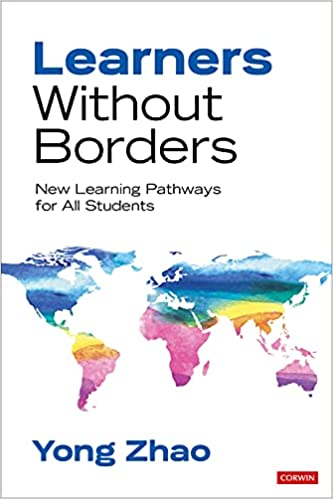


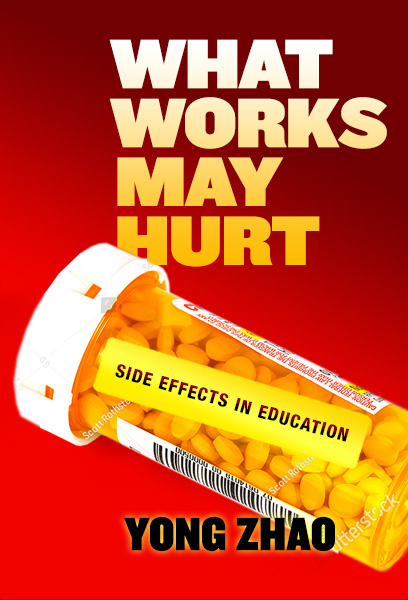

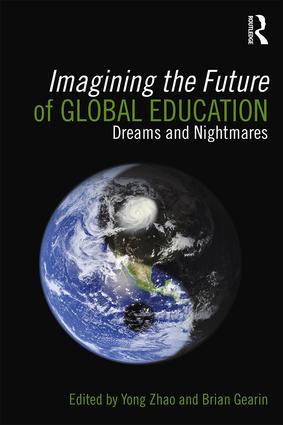
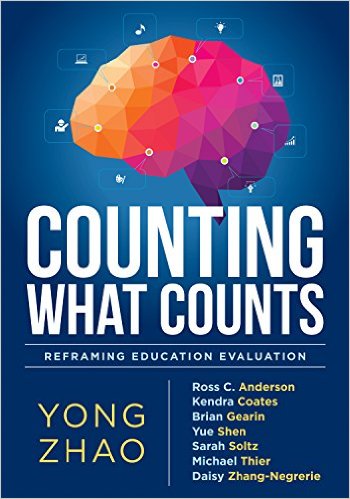


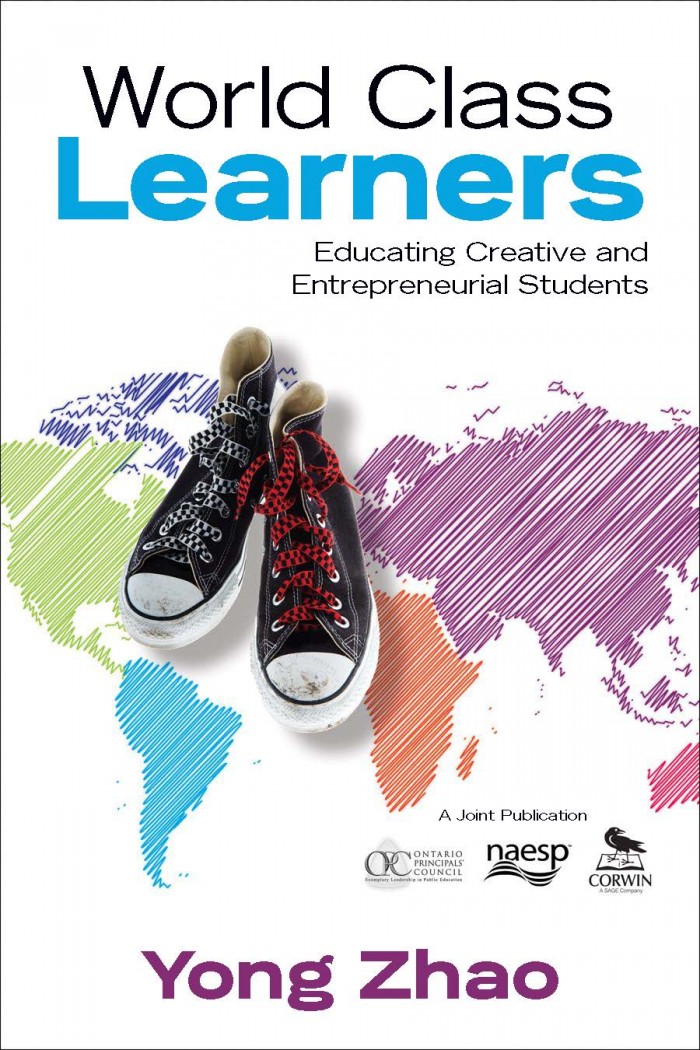


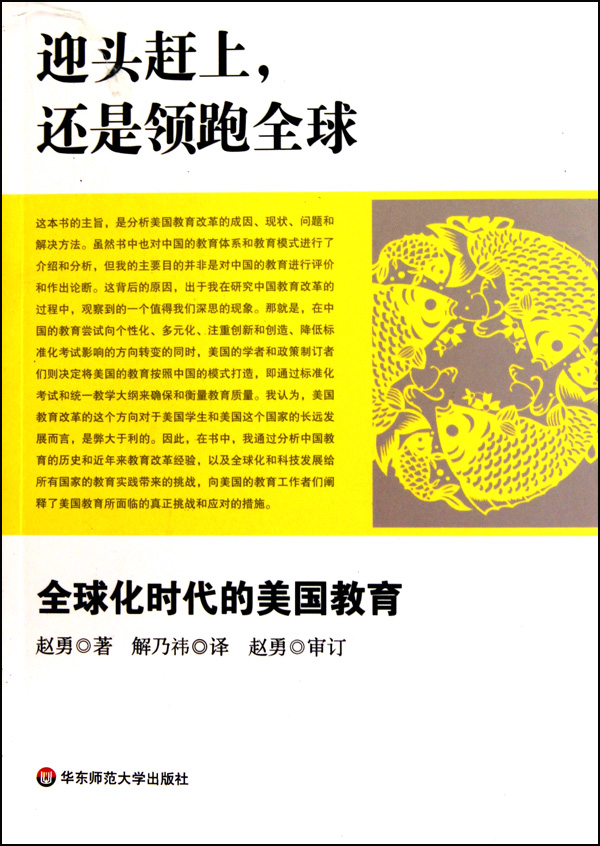










[…] YongZhao In researching for my book Who’s Afraid of the Big Bad Dragon: Why China Has the […]
Very interesting — we forget that not too long ago, Europe was in the Dark Ages and the ‘middle’ and ‘far’ east were much more advanced in many technologies and so on.
I did 11 years of k-12 in the US and 2 years in France; there, as in much of Asia, a final exam determines your fate in life. It was rigorous, but I enjoyed the relative freedom of American teachers to investigate unexpected questions — a freedom French teachers didn’t seem to have. I remember more than once in high school over there asking some followup question, only to be rebuffed by the answer, “Ce n’est pas dans le programme” — it’s not in the syllabus [so we won’t go into it]. I’ve had Chinese students in my math classes that I taught here in Washington DC who were so amazed at how helpful and friendly the American teachers were, how they really cared whether their students learned or not … as opposed to the teachers back home in China….
[…] Déjà vu: Too Late to Learn from China Education in the Age of Globalization Blog […]